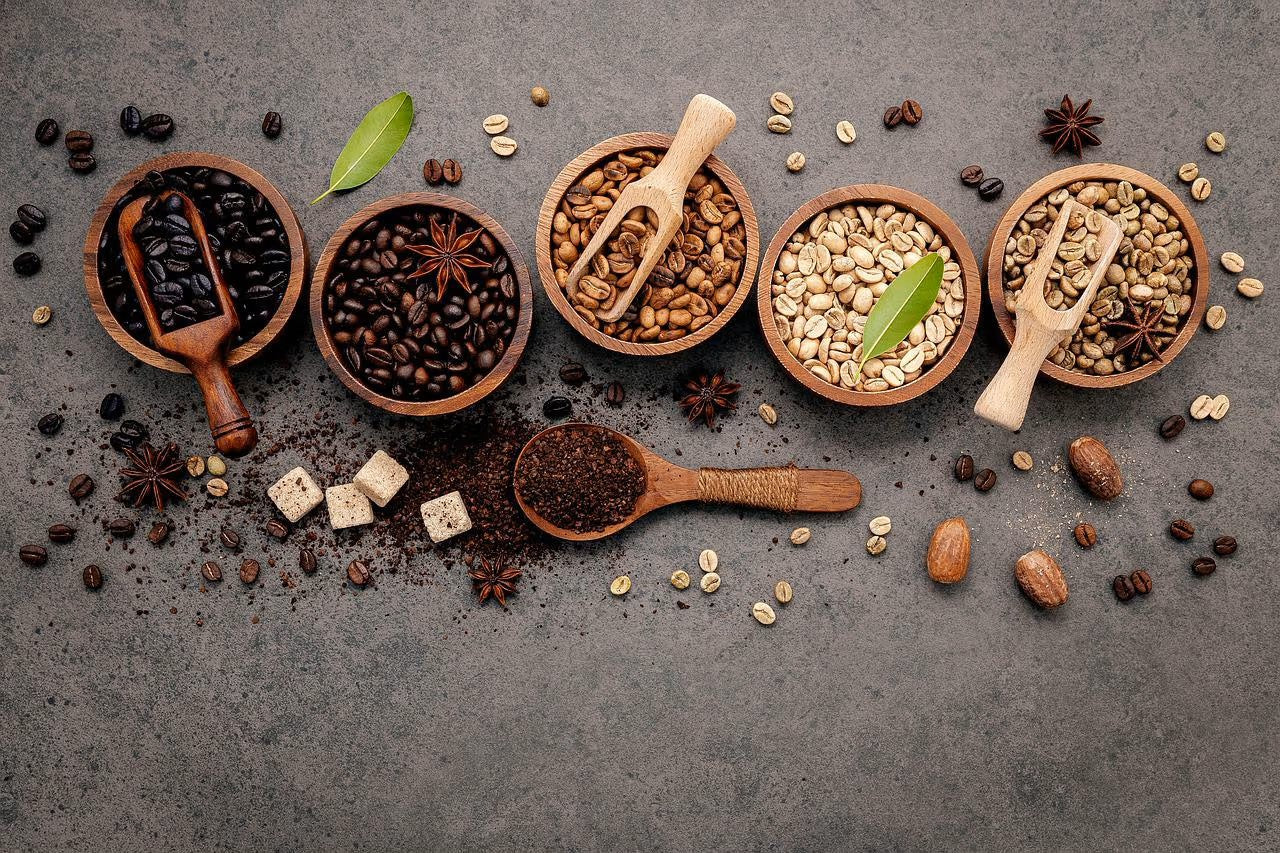
Why is coffee roasted?
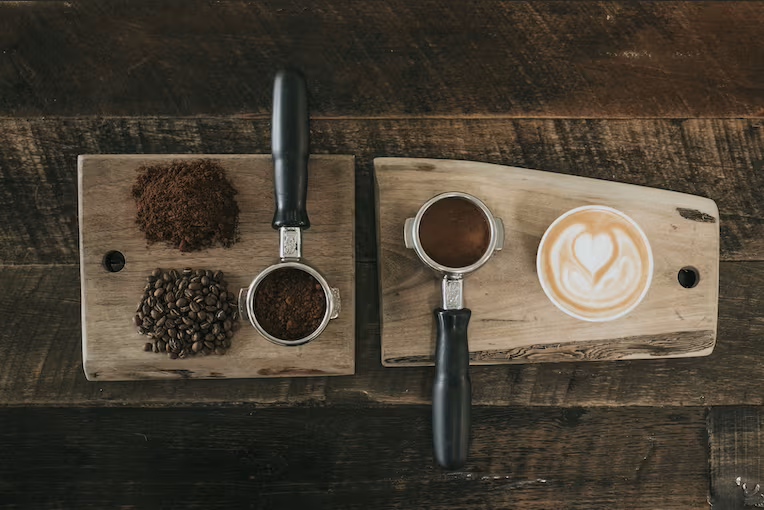
When you think of coffee, you probably think of the dark brown beans used to brew your morning cup of joe. But have you ever wondered why coffee is roasted? You might be surprised to learn that coffee starts out green. All coffee beans are green initially. So why bother roasting them?
It turns out that roasting coffee beans is essential to developing their flavor. The roasting process brings out the natural oils in coffee beans, which gives it its distinctive aroma and flavor. Depending on the roasting time, coffee beans can develop a variety of flavors, from mild and fruity to intense and chocolatey. Roasting also helps remove bitterness from the beans, making for a smoother cup of coffee. So the next time you try your favorite beverage, remember that it wouldn't taste as good without roasted coffee beans.
In essence, the roasting process is crucial because it determines the flavor and aroma of the coffee.
Roasted coffee beans can be stored for a long time, but they lose their flavor over time. That's why coffee is
What is the roasting process?

Roasting coffee is both an art and a science, and there are many different ways to roast coffee beans. There are also several different ways to roast coffee beans, and each method can produce different results.
For example, drum roasters use indirect heat to slowly roast beans, while hot air roasters use a stream of hot air to roast beans more quickly.
As a result, drum roasted coffees tend to have a more uniform coloration. Conversely, hot air roasted coffees can have a more consistent end result.
Regardless of the method used, there are three key aspects that will affect the quality of the roasted beans, whether it is drum roasted or hot air roasted, the elements that build the roast profile are:
Time
The length of time the beans are roasted will determine how light or dark the roast will be. The longer the beans are roasted, the darker they will be.
Temperature
The temperature at which the beans are roasted will also affect the lightness or darkness of the roast. The higher the temperature, the darker the roast.
Air flow
The amount of air circulated during the roasting process will also affect the lightness or darkness of the roast. The more air circulated, the lighter the roast will be. This is why it is essential to consume coffee beans within two weeks of purchase.
The key differences between light, medium and dark roast coffees
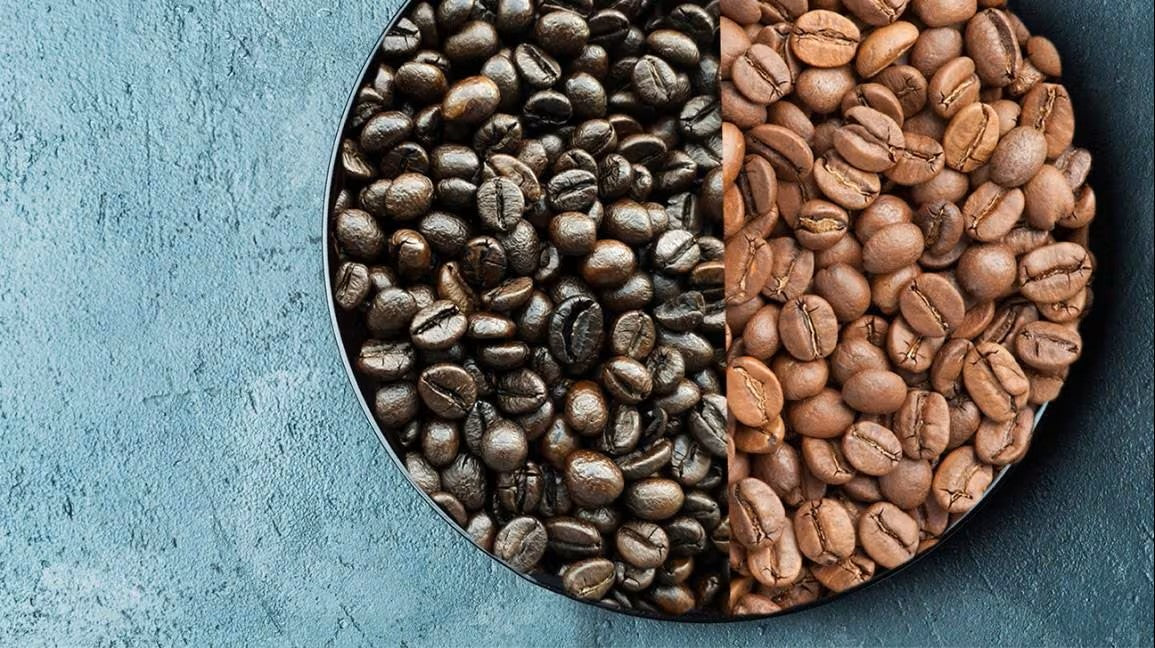
LIGHT ROAST COFFEE BEANS
The lightest roast type is light roast coffee. This results in a lighter colored bean with more caffeine, higher acidity and less body.
Light roasts have brighter and more complex flavors, with notes of fruit and berries. Some people find light roasts to have a fresher flavor, while darker roasts can be sweeter and heavier.
Advantages
Lighter body and flavor.
More caffeine
Less bitter
Cons
It tends to highlight citrus flavors, which some might interpret as acidity (but it is not).
MEDIUM ROAST COFFEE
Medium roast coffee has a light to medium-light brown color with no oils on the surface. It is a versatile type of coffee that everyone can enjoy. It has a rich flavor without being too bitter and can be enjoyed with or without milk.
Medium roast coffee beans are roasted for a longer period of time than light roast beans, allowing them to develop more flavor. It has a light body with slightly less pronounced acidity than light roast beans.
Advantages
It is a balanced and delicious morning cup.
It is generally less acidic than dark roast.
It has more body and richness.
Cons
It can be a little more bitter if not applied to a suitable coffee variety.
DARK ROAST COFFEE
This results in a more intense flavor and the beans are usually darker in color. Many people like dark roast coffee for its rich, full-bodied flavor. However, others find it too strong or bitter.
There are many different ways to prepare dark roast coffee. The most common method is to roast the beans for a longer time, but some coffee roasters also use a higher temperature. This creates a more uniform product, but can also result in a somewhat bitter taste.
Advantages
It has a more robust flavor than light roast coffee.
It is less acidic than medium roast.
It is richer in nutrients.
Cons
More oil and fat is lost to the surface, causing the beans to lose their flavor more quickly.
Why does the roast level of coffee change?
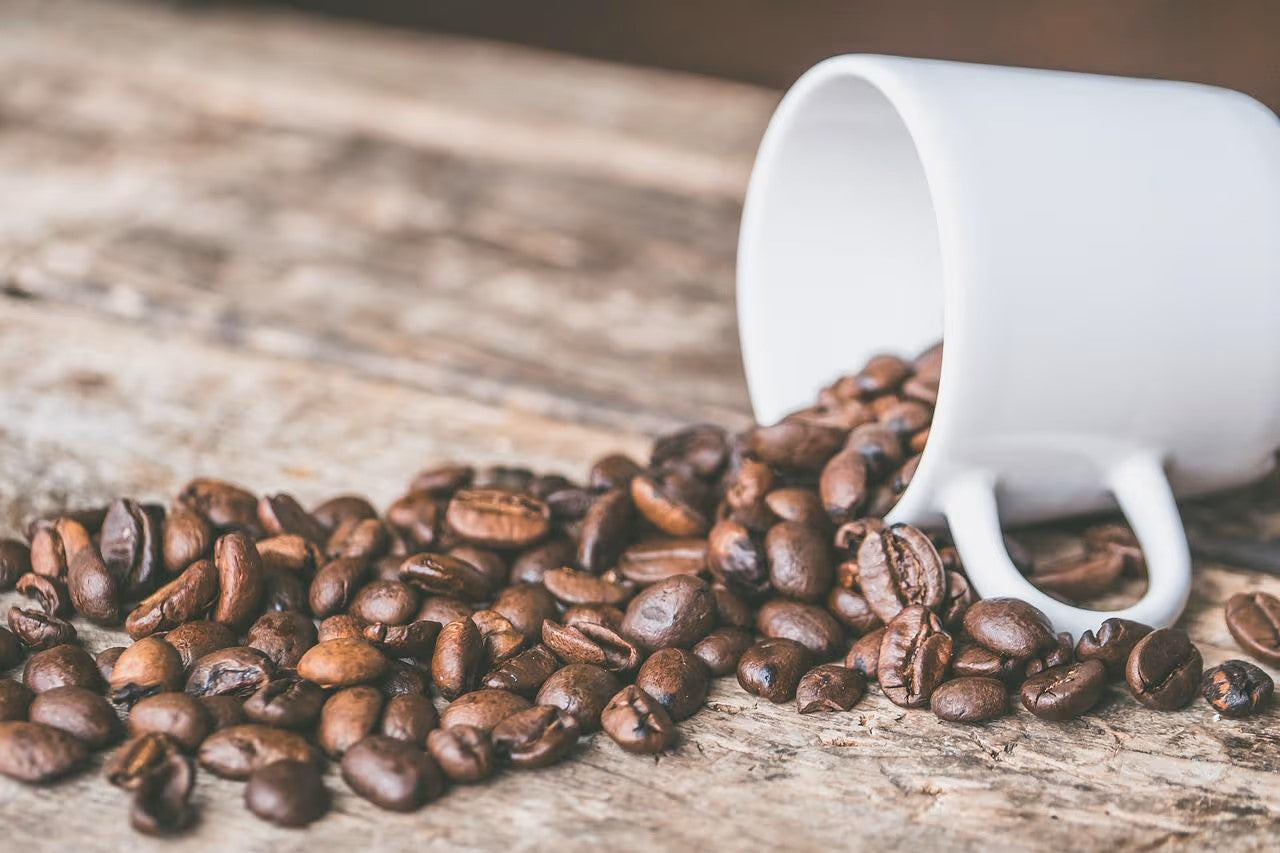
In recent years, there has been a shift in the coffee roasting landscape. While dark roasts were once the norm, lighter roasts are now becoming more popular.
This change is due to many factors.
First, coffee drinkers are becoming more adventurous and more willing to try new things. Light and medium roasts offer a more vibrant flavor palette than dark roasts, and many people find them more interesting and complex.
Secondly, the rise of specialty coffee has led to a greater focus on quality over quantity. Light and medium roasts bring out the unique flavours of each coffee bean, making them ideal for the most discerning palates.
Finally, technological changes have made it possible to roast coffee beans more evenly, resulting in a smoother, more consistent flavor.
Whatever the reason, it's clear that light roast coffees are on the rise.
PS: Is dark roast bad for me?
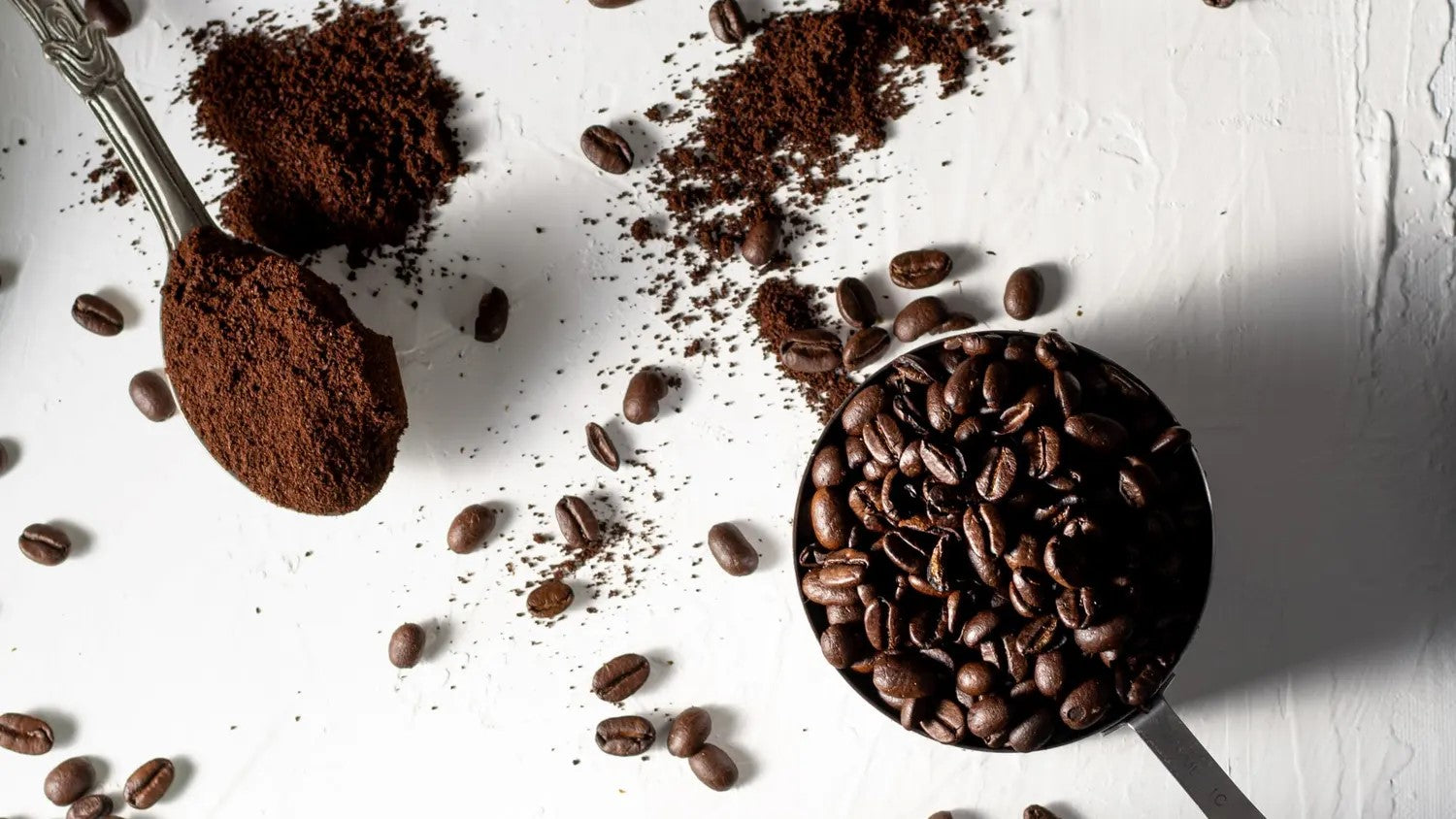
We often get asked this question. The answer is yes, but that only applies to very dark roasted coffee.
Excessive roasting (and this applies to all foods) results in polycyclic aromatic hydrocarbons (PAHs). PAHs are a byproduct of pyrolysis, the chemical breakdown that occurs when organic materials are exposed to heat.
Along with acrylamide, PAHs are the main culprits in the development of cataracts, kidney and liver damage, and sometimes even DNA mutations such as cancer.
Roasting too dark subjects the coffee beans to high temperatures for long periods of time, which increases the risk of these unsightly components forming inside the coffee bean.
So make sure that even if you prefer a darker roast, your coffee beans are never darker than a medium-dark brown color.
Why do light roast and dark roast coffee taste different?
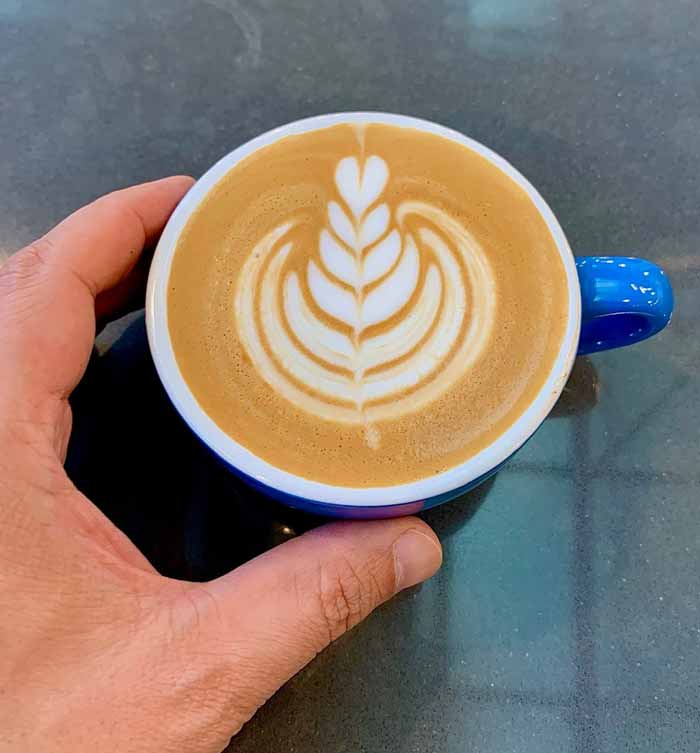
There are many different factors that contribute to the flavor differences between lightly roasted beans and dark roast coffee.
The type of bean, growing conditions, roast profile and cold brew method all influence the final flavor of the coffee.
TYPE OF BEANS
When it comes to bean type, there are literally hundreds of different varieties of coffee beans that can be used for light or dark roasts.
Therefore, it is difficult to say definitively that one type of bean will always taste better when roasted light or dark.
However, certain beans tend to be better suited to specific roast profiles.
For example, Honduran coffee beans typically have bright, floral flavors that stand out best in lighter roasts. But there is always an exception to the rule: like our Yellow Catuai and Parainema :)
GROWING CONDITIONS
The growing conditions of coffee beans also have an impact on the final flavor of the coffee. For example, coffee beans grown at high altitudes typically have brighter, more complex flavors, while beans grown at lower altitudes are smoother and more balanced.
The best preparation methods for each type of coffee roast
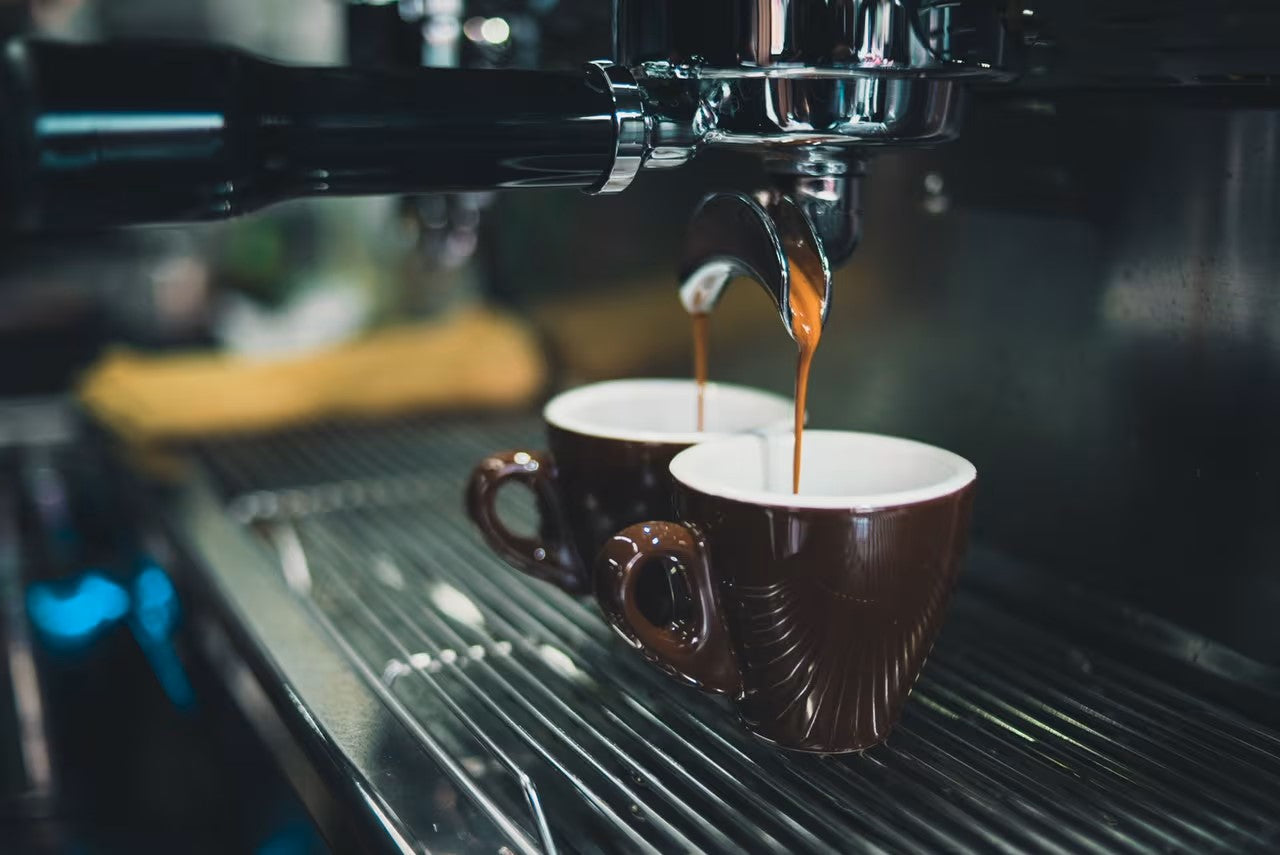
THE BEST PREPARATION METHOD FOR LIGHT AND MEDIUM ROAST COFFEES
Light roasts tend to work well with methods that require a longer extraction time, such as a French press or drip coffee. This is because light roast beans haven't been roasted for as long, so they haven't developed as many oils and compounds that can make coffee taste bitter.
THE BEST METHOD OF PREPARATION FOR DARK ROAST COFFEE
Dark roasts are typically better suited for shorter extraction methods, such as espresso drinks. Since the longer roast time brings out more of the beans' darker flavors and compounds, which can make the coffee taste burnt or harsh if extracted for too long.
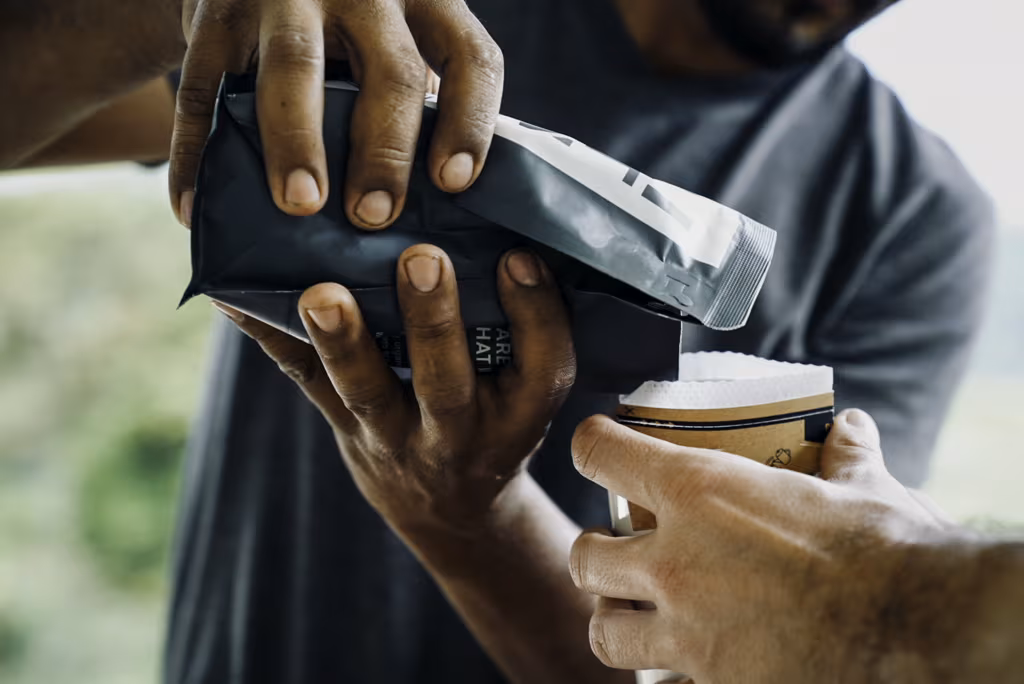
Frequently Asked Questions
Why are light and dark coffee roasts different?
The main difference between light and dark roast coffee is the roasting time. Light roast coffees are roasted for a shorter period of time than dark roast coffees. This means that light roast coffees will have more caffeine than dark roast coffees.
Dark roasted coffee beans will also have a more intense flavor as the longer roasting time allows for greater caramelization of the coffee beans.
Does a light roast have more or less acidity than a dark roast?
The acidity level of coffee is determined by a number of factors, including the type of bean, the roasting process, and the brewing method. In general, light roast coffees have more acidity than dark roast coffees. Light roast coffees are roasted for a shorter period of time, which helps preserve some of the coffee's natural acids.
However, it is important to note that the brewing method can also affect the acidity level of the coffee. For example, espresso has a higher acidity than filter coffee because it is brewed under pressure, which extracts more acids from the coffee beans.
Ultimately, the best way to determine the acidity level of coffee is to taste it yourself. Everyone perceives acidity differently, so what seems acidic to one person may not seem as acidic to another.
Which roasted coffee has the most caffeine?
The “stronger” taste you get from dark roast coffee has nothing to do with caffeine. Not at all.
In fact, a 2017 study published in South Korea’s Journal of Medicinal Food confirmed that caffeine does not vary with roast level. In short, a light roast will give you all the health benefits of CGAs and reduce the risk of consuming PHAs, while still giving you the same caffeine kick as a lean, charred dark roast.
Why do some roasts taste bitter?
When roasting coffee, the beans release certain oils and chemicals. Some of these compounds can have a bitter taste.
The more the beans are roasted, the more bitter compounds will be released.
So if your coffee tastes bitter, it may be because it was roasted for a longer time.
Why do some roasts taste sweet?
A roast can have a sweet taste due to the caramelization process that occurs as the meat cooks.
Caramelization is a Maillard reaction, which is a chemical reaction between amino acids and reducing sugars that results in the creation of hundreds of flavor compounds.
These compounds are what give roasted meats their characteristic flavor and sweetness.
Why is coffee that is too dark bad for your health?
Many people believe that dark roast coffee is stronger and more flavorful than light roast coffee. However, the roasting process actually has an impact on the caffeine content of the beans. The longer the beans are roasted, the more caffeine is burned off.
So while dark roast coffee may have a more intense flavor, it actually contains less caffeine than light roast coffee.
Additionally, dark roast coffee is more likely to be bitter and acidic. This is because the roasting process breaks down some of the compounds in the beans, resulting in a less balanced flavor.
So if you're looking for a coffee that's strong and flavorful, you might want to go for light or medium roasts.
